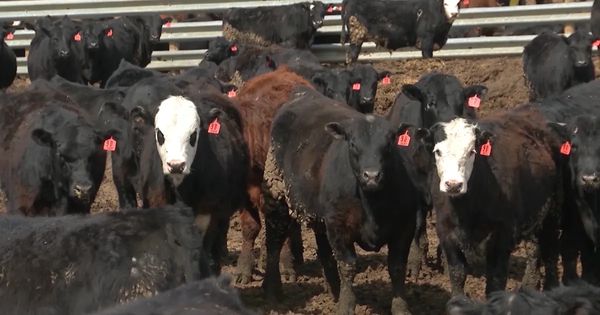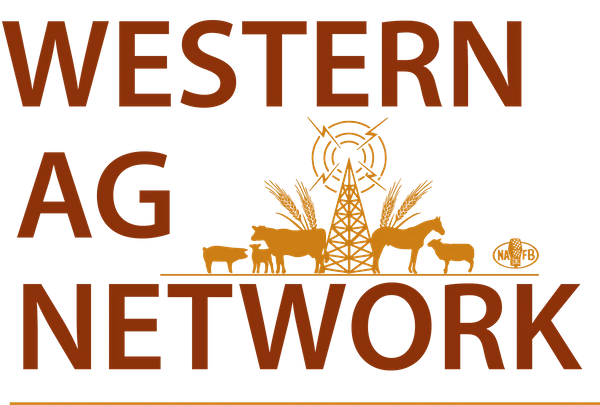.png?fit=outside&w=1200&h=630)
U.S. Cattle Inventory and Feedlot Numbers Continue Downward Trend
July 25, 2025
The latest USDA Cattle reports released today signal a continued contraction in the U.S. cattle herd and feedlot inventories — a trend that will likely support higher cattle prices in the months ahead.
This is the first July 1 Cattle Inventory report released since 2023, as USDA did not conduct the 2024 mid-year report due to budget constraints
Cattle Inventory Down 1 Percent
As of July 1, 2025, the total number of cattle and calves in the U.S. stood at 94.2 million head, down 1% from 2023. Key figures include:
- Beef cows: 28.7 million head, down 1%
- Milk cows: 9.45 million head, up 1%
- Beef replacement heifers: 3.7 million head, down 3%
- Calves under 500 lbs: 25.8 million head, down 2%
- Total cattle on feed: 13.0 million head, down 1%
The 2025 calf crop is estimated at 33.1 million head, also down 1% from 2024. This continued decline highlights a cautious approach by producers toward rebuilding the herd amid high input costs, limited forage in some areas, and market volatility.
Cattle on Feed Down 2 Percent
Cattle and calves on feed in U.S. feedlots with 1,000 head or more capacity totaled 11.1 million head on July 1 — a 2% decline from last year.
Steers and steer calves: 6.88 million head, up 1%, making up 62% of the total.
Heifers and heifer calves: 4.24 million head, down 5%, reflecting fewer heifers being placed in feedlots — possibly held back for breeding or due to tightening supplies.
June placements were down 8% year-over-year, totaling 1.44 million head, with lighter-weight cattle (under 700 lbs) making up a large portion of the total.
Fed cattle marketings for June were 1.71 million head, 4% lower than 2024 — the lowest June total since this data series began in 1996.
What It Means for Producers
Tighter supply = stronger prices: Fewer calves and reduced feedlot inventories point to a smaller beef supply ahead. This is supportive of higher live cattle and feeder cattle prices, especially going into fall and early 2026.
Rebuilding remains slow: The drop in beef replacement heifers and steady culling of cows shows that herd rebuilding is not yet underway in earnest.
Cow-calf producers hold leverage: With feedlots competing for a shrinking pool of feeder cattle, ranchers with calves to sell this fall may benefit from strong buyer interest.
Heifer numbers matter: The 5% drop in feedlot heifers suggests some are being held back for future breeding — possibly signaling long-term optimism, though at a cautious pace.
Bottom Line
America’s cattle herd continues to contract — and feedlot activity is cooling alongside it. While that spells opportunity for cow-calf producers in the short term, the long-term trajectory will depend on profitability, weather, feed availability, and producer confidence to retain heifers and rebuild.
Western Ag Network










